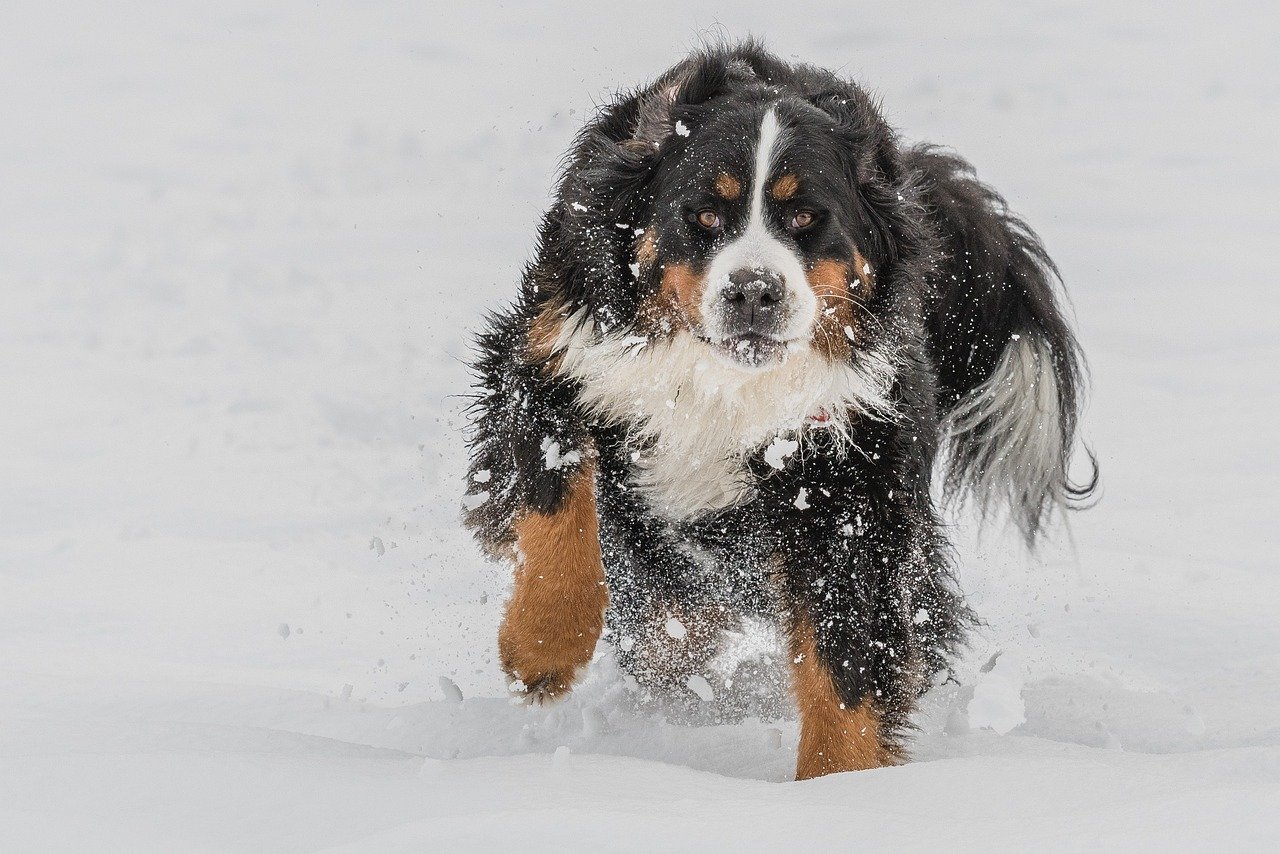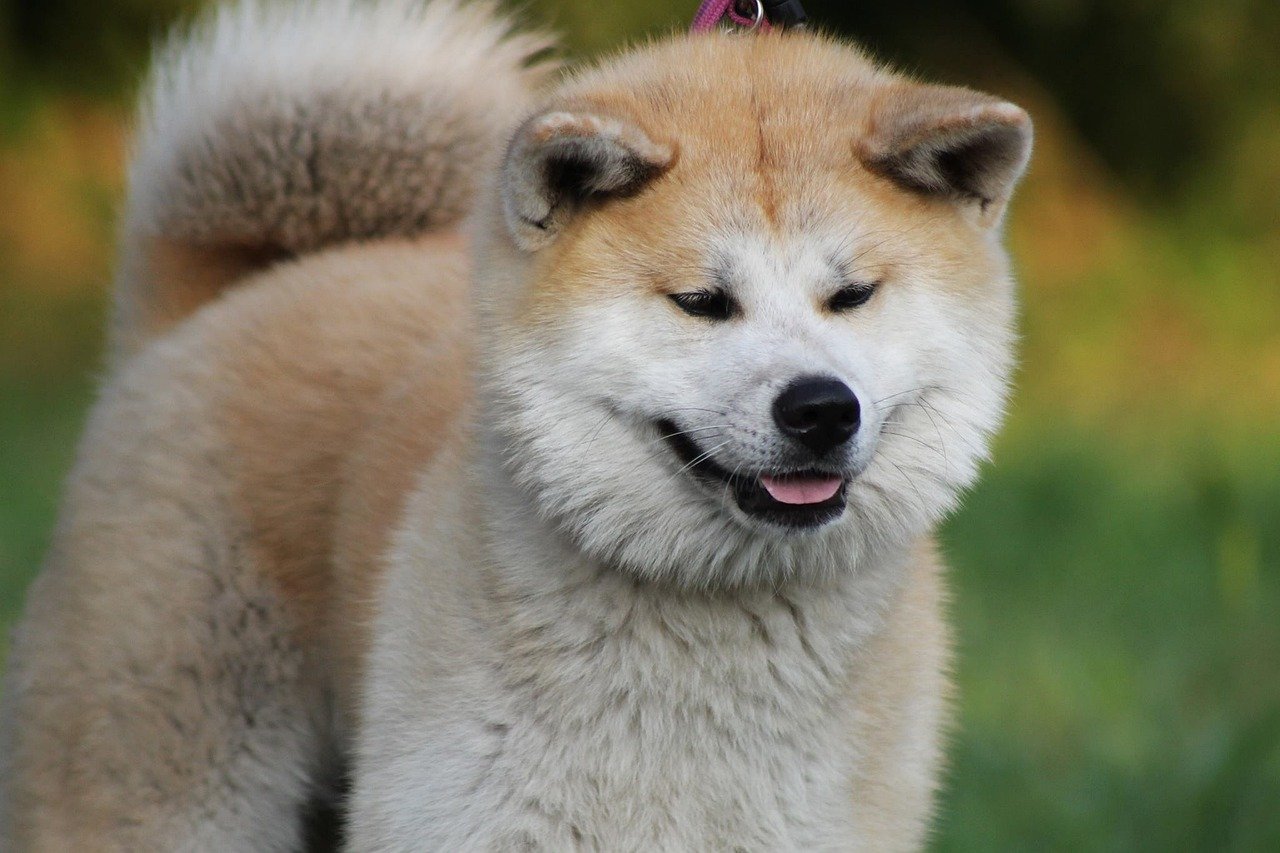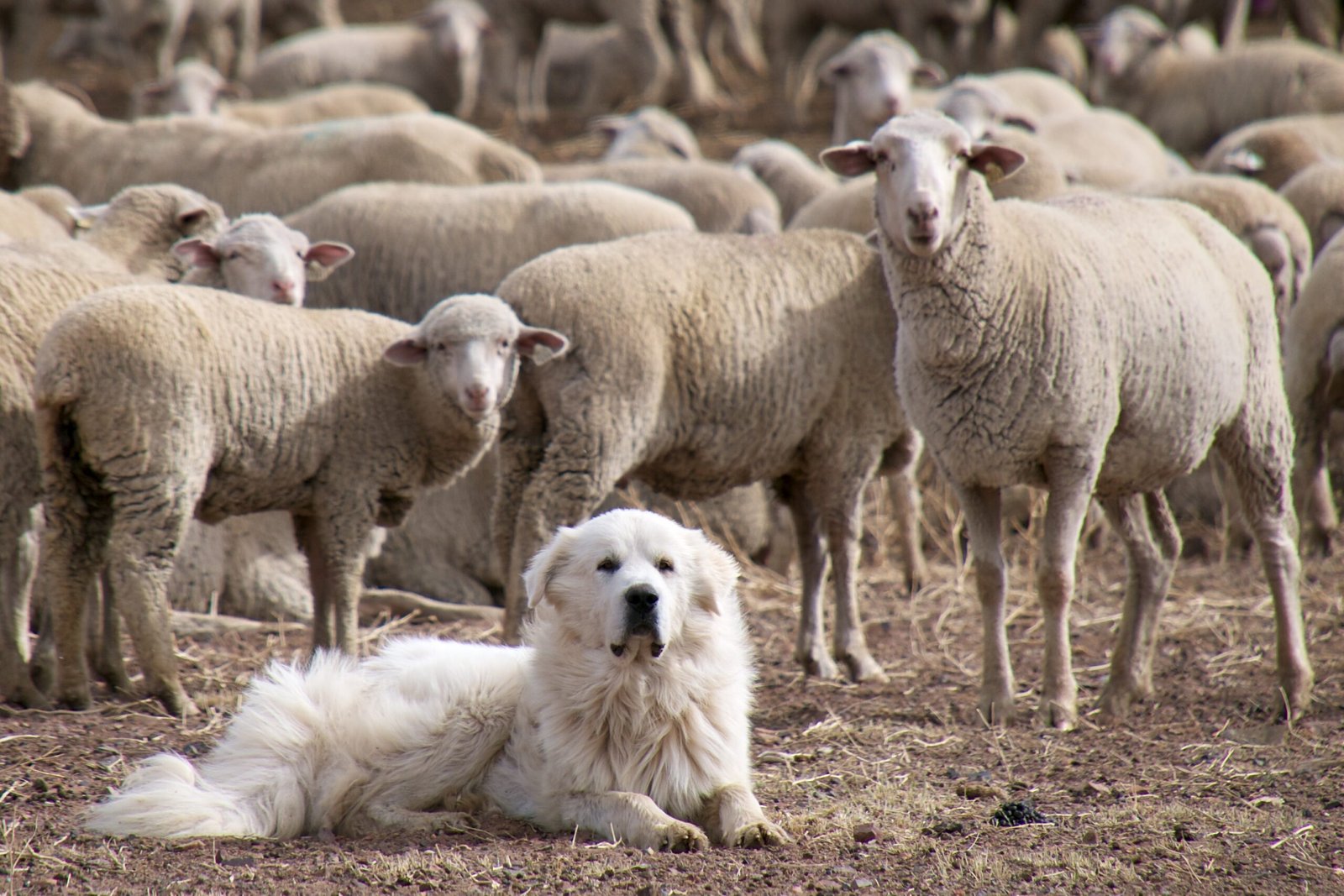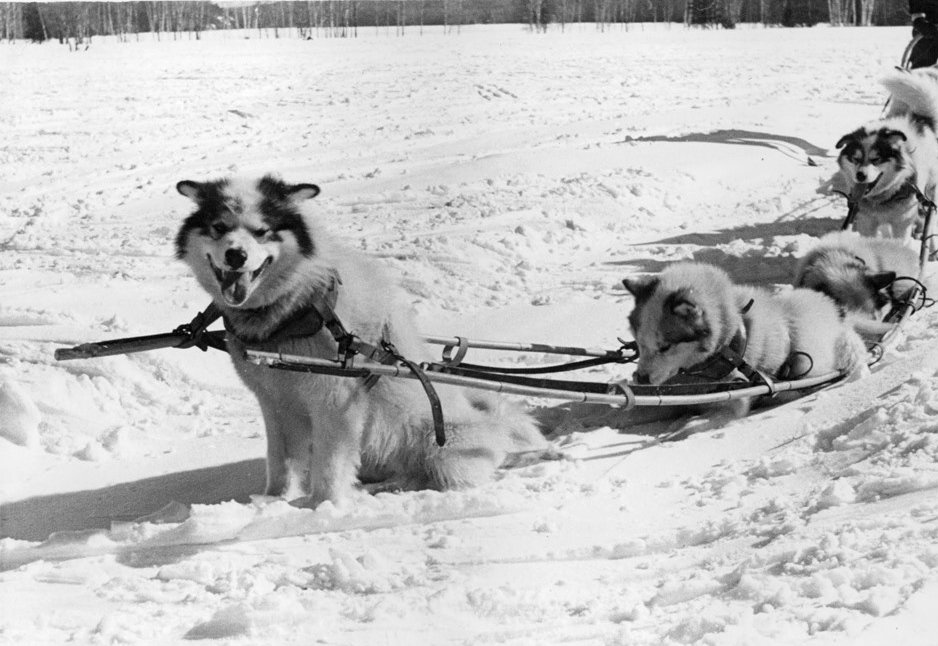Have you ever wondered why some dogs prance through snow like it’s a walk in the park, while others shiver at the first chilly breeze? It’s not magic—it’s all about their breed! Imagine a world where frosty noses and snow-laden fur make for the happiest tails. If you live somewhere the winters bite, or you’re just curious about the fluffiest snow-loving companions, you’re in for a treat. Grab your mittens and your sense of adventure—we’re diving into the world of dogs who were born to rule winter, and how to keep them at their happiest and healthiest when the temperature drops.
Siberian Husky: The Arctic Adventurer
With their striking blue eyes and thick, plush coats, Siberian Huskies are the poster pups for snowy landscapes. Bred to pull sleds across the frozen tundra, these dogs have an endless supply of energy and a true love for cold weather. Their double coat keeps them insulated, but it also means they shed—sometimes a lot! Regular brushing is vital to keep their fur healthy and your home less hairy. Huskies are social butterflies and need plenty of exercise, even when it’s snowing. A bored Husky might just redecorate your living room! Don’t forget to check their paws for ice buildup after walks. With the right care, Huskies are happy to play in the snow all day long.
Alaskan Malamute: The Powerhouse Puller

Alaskan Malamutes look like Huskies’ bigger cousins, and they’re just as well suited for the cold. With their giant size and thick, waterproof double coats, Malamutes have been hauling heavy sleds through Arctic conditions for centuries. They need daily exercise and love challenges that keep their minds active. Malamutes tend to be independent, but with the right leadership, they’re loyal friends. Their dense fur needs regular grooming to avoid matting and to keep them comfortable. Always provide fresh water—even in winter—to prevent dehydration. Malamutes thrive on attention and enjoy being part of the family’s snowy adventures.
Bernese Mountain Dog: The Gentle Giant

Bernese Mountain Dogs are the gentle giants of the snowy Swiss Alps. Their tri-color coats are as functional as they are beautiful, providing insulation against icy winds. Berners are affectionate and patient, making them great companions for families who love spending time outdoors, even in the cold. They do best with regular grooming, as their thick fur can trap snow and ice. Bernese Mountain Dogs love a good romp in the snow but watch for signs of overheating if it’s too warm. These dogs thrive on companionship, so don’t leave them alone outside for long periods, even if it’s cold.
Newfoundland: The Lifesaving Swimmer

Newfoundlands are known for their lifesaving feats in icy waters, thanks to their webbed feet and water-resistant double coat. These gentle giants adore cold climates and are happiest when they have a job to do. Their massive size means they need space, but their calm nature makes them great indoor companions too. Regular brushing keeps their coat healthy and free of mats. Keep an eye on their weight, as Newfoundlands are prone to gaining pounds, especially in the winter when they may be less active. Always make sure they have a dry, sheltered space to rest after snowy playtimes.
Samoyed: The Smiling Sled Dog

With their signature “Sammy smile” and cloud-like fur, Samoyeds are a heartwarming sight in winter landscapes. Originally bred to herd reindeer and pull sleds in Siberia, they thrive in frigid temperatures. Their thick, white coats repel snow and keep them toasty, but they need thorough brushing to avoid tangles and mats. Samoyeds are social and need lots of interaction—they don’t like being left alone. Be sure to provide plenty of exercise to keep them happy and healthy. Watch their ears and paws for signs of frostbite during extra-cold snaps. With love and attention, Samoyeds light up even the darkest winter days.
Akita: The Dignified Defender

Akitas hail from the snowy mountains of Japan, where their dense, double coats protect them from the harshest winters. These dogs are powerful, dignified, and fiercely loyal to their families. Akitas need regular exercise and mental stimulation, particularly during long, cold months. Grooming is a must, as their thick fur can shed heavily during seasonal changes. Akitas are reserved with strangers but affectionate with their people. Make sure they have a warm, dry place to sleep and always check for snowballs forming between their toes after outside play. With the right care, Akitas are loving protectors all year round.
Great Pyrenees: The Majestic Guardian

The Great Pyrenees was bred to guard flocks in the icy Pyrenees Mountains, so it’s no wonder they love the cold! Their thick, weather-resistant coats keep them comfortable in snowy conditions. These calm, patient dogs are known for their gentle nature and strong guarding instincts. They need regular grooming to prevent matting, especially behind the ears and around the neck. Great Pyrenees can be independent thinkers, so early training is important. Give them space to roam but ensure they have secure fencing—they can be wanderers! A warm bed indoors after a day in the snow is all they need to recharge.
Saint Bernard: The Legendary Rescue Dog

Saint Bernards earned their fame by rescuing stranded travelers in the Swiss Alps. Their massive size and dense fur make them perfect companions for chilly climates. Despite their imposing appearance, they’re famously gentle and loving. These dogs do best with daily walks and moderate exercise. Regular brushing helps manage their heavy shedding, especially during seasonal changes. Saint Bernards are prone to drooling, so keep a towel handy! They love to be around people and need a warm, dry place to rest. With their easygoing nature, Saint Bernards bring warmth to any winter day.
Tibetan Mastiff: The Mountain Protector

Tibetan Mastiffs were bred to guard monasteries high in the Himalayas, where temperatures can plummet. Their thick, lion-like manes offer incredible insulation against the cold. These dogs are independent and strong-willed, but deeply loyal to their families. Tibetan Mastiffs need regular brushing to keep their fur free of tangles and mats. They prefer cooler temperatures and may even dig holes to find a cold spot in summer. Early training and socialization help bring out the best in them. With proper care, Tibetan Mastiffs are impressive guardians who feel right at home in the snow.
Keeshond: The Fox-Faced Fluffball

Keeshonds may not be as large as some other cold-weather breeds, but their thick, plush coats make them well-equipped for chilly days. Originally bred as watchdogs on riverboats in the Netherlands, they’re alert, friendly, and adaptable. Keeshonds need daily brushing to keep their beautiful fur in top shape, especially during shedding season. They love being around people and do best as part of the family’s daily activities. Watch for snowballs sticking to their fur during winter walks. With their cheerful personalities, Keeshonds bring a spark of joy to even the gloomiest winter afternoons.
Norwegian Elkhound: The Viking’s Companion
Norwegian Elkhounds have a long history as hunting partners for Vikings, braving Norway’s harsh winters with ease. Their waterproof double coats are perfect for snowy adventures. Elkhounds are energetic and need plenty of exercise, no matter the weather. Regular grooming helps manage their thick, shedding fur. They’re loyal and protective, making them excellent family dogs. Be sure to provide stimulating activities to keep their sharp minds busy. After a romp in the snow, a cozy spot indoors is their favorite place to unwind.
Chow Chow: The Lion-Like Lapdog

Chow Chows are instantly recognizable by their lion-like mane and blue-black tongues. Originating from northern China, they’re built for the cold with dense, woolly coats. Chows can be aloof but form strong bonds with their families. Their thick fur needs frequent brushing to prevent matting and to keep them comfortable. Chows appreciate daily walks but are not as high-energy as some other cold-weather breeds. Always check their ears and paws after outings in snow. With their regal appearance and calm demeanor, Chows are well-suited for winter weather.
Finnish Lapphund: The Reindeer Herder

Finnish Lapphunds are happy, energetic dogs bred to herd reindeer in the snowy forests of Finland. Their thick, soft coats keep them warm on the coldest days. Lapphunds are playful and get along well with children and other pets. They need regular brushing, especially during shedding seasons. These dogs love outdoor activities and thrive with daily exercise. Their gentle nature and adaptability make them wonderful companions for active families. After snowy play, a warm towel and lots of cuddles are all they need.
Shiba Inu: The Foxy Snow Sprite

Shiba Inus, with their fox-like looks and spirited personalities, are surprisingly comfortable in cold weather. Their dense double coats provide insulation against the chill. Shibas are independent and clean, often grooming themselves like cats. Regular brushing helps keep their coats healthy, especially during seasonal shedding. These little adventurers enjoy brisk walks and play in the snow but prefer to cuddle up indoors afterward. Shibas are alert and curious, making them great watchdogs. With a bit of patience and training, they’ll happily join in winter fun.
Canadian Eskimo Dog: The Sledding Specialist

The Canadian Eskimo Dog is one of North America’s oldest working breeds, famed for pulling sleds across the Arctic. Their thick, weatherproof coats and sturdy build make them ideal for extreme cold. Eskimo Dogs are energetic and thrive on having a job to do, whether it’s sledding or simply joining you on winter hikes. They need plenty of exercise and mental engagement to stay happy. Regular grooming keeps their fur in top condition and helps prevent mats. These dogs are loyal and form strong bonds with their people. With the right care, Canadian Eskimo Dogs are true snow-loving companions.

Linnea is a born and bred Swede but spends as much time as possible in Cape Town, South Africa. This is mainly due to Cape Town’s extraordinary scenery, wildlife, and atmosphere (in other words, because Cape Town is heaven on earth.) That being said, Sweden’s majestic forests forever hold a special place in her heart. Linnea spends as much time as she can close to the ocean collecting sea shells or in the park admiring puppies.






